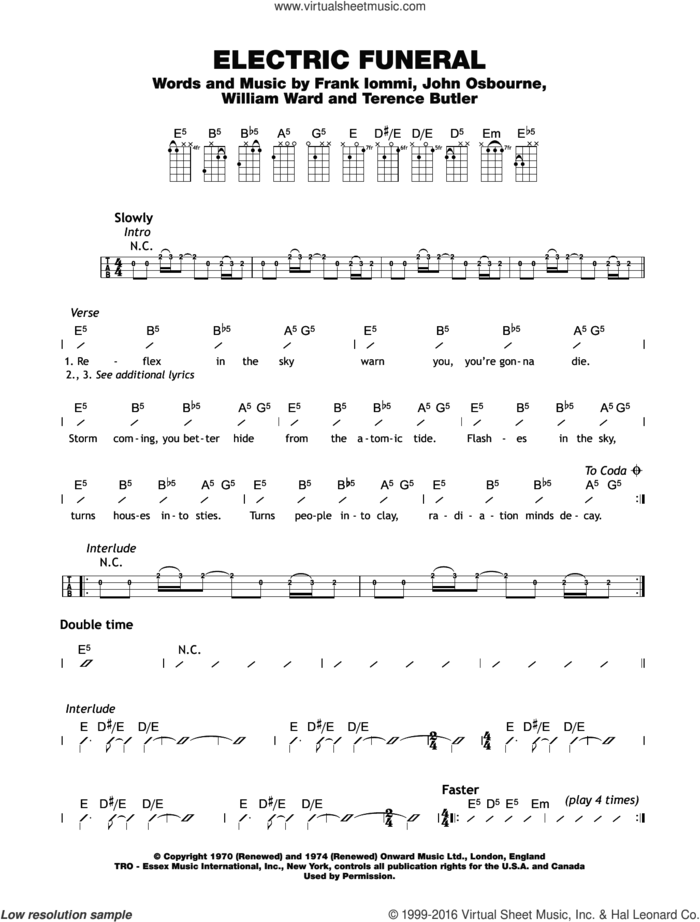
The intervallic relationship between an adjacent string is the same. The “Irish” tuning makes it easy to play the fiddle melodies in Irish music because of it being the same as violin, only an octave lower.īy nature, the tuning of the tenor banjo in fifths inherently has a major advantage in that chord voicings and scale patterns are symmetrical. The tenor banjo was originally made for viola players to double on, that is why it is tuned the same as a viola. The more standard type is the 19-fret, though the 17-fret is very common amongst Irish players because the smaller scale length makes it a bit easier to play the quick reels and triplet passages in that style of music. There are two variations of this instrument, a 17-fret and a 19-fret type. When compared to other banjos, it is the highest pitched. By calling it a "tenor" it gives the impression that it would be a lower pitched instrument because in classical four part harmony, the parts go from high to low, soprano, alto, tenor, bass. Nobody really knows where the name "tenor" banjo came from.

Irish players often tune their tenor banjos also in fifths, but one octave below a violin/mandolin (G, D, A, E).Ī tenor banjo is a short necked banjo that has 4-strings. This relates to the tenor banjo because standard tuning for a tenor banjo is tuned the same as a viola/mandola (C, G, D, A). Their tunings from the lowest note to the highest is:Ĭello/Mandocello = C, G, D, A (an octave below the viola) The mandolin family copies these tunings in fifths:

In western music, the four main instruments in the string family all have a symmetrical tuning.Īll except the bass are tuned in fifths. A symmetrical tuning is a tuning that has the same musical interval between each string.

The tenor banjo is tuned using a symmetrical tuning.


 0 kommentar(er)
0 kommentar(er)
